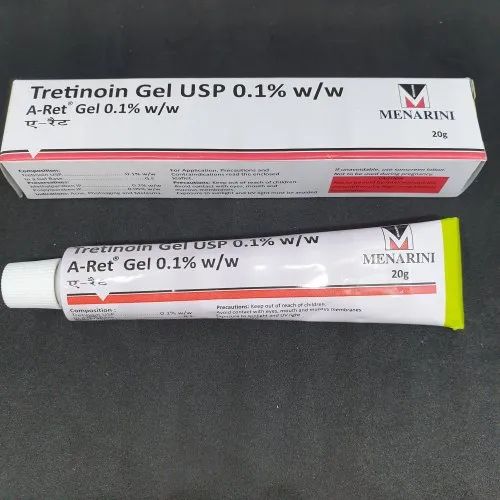Removing Acne Scars With Tretinoin Cream
Tretinoin is a key treatment in reducing acne scars by speeding up your skin’s cell turnover and promoting collagen production. It also reduces the appearance of fine lines.
However, if you have a condition like rosacea you will need to be careful when using this product. This is because it can make your skin more sensitive to natural or artificial sunlight and sunlamps.
What is Tretinoin?
Tretinoin, also known as Retin-A, is a highly effective acne treatment that improves skin discoloration and texture by speeding up the way your skin cells turn over. It can be used in conjunction with other acne treatments to see the best results.
It can cause initial sensitivity and dryness, especially when first starting out. This can sometimes lead to peeling and flaking. The sensitivity and dryness usually goes away as your skin adjusts. Avoid using products that irritate your skin, like abrasive soaps and harsh chemicals.
Wash your face gently and thoroughly with a mild, bland soap (not a medicated or abrasive type) twice a day, then pat it dry. Apply your tretinoin before bedtime each night, to the chin and forehead, but avoiding the corners of the mouth and eyes.
Avoid sun exposure while using tretinoin. It can make your skin more sensitive to the sun and may cause sunburn. Always use sunscreen when you are out in the sun and reapply frequently.
How do I use Tretinoin?
There are a few things to keep in mind when using tretinoin cream. First, it’s important to tell your doctor if you have allergies or are taking other medications, especially retinol-based products. It’s also not recommended for women who are pregnant or breastfeeding.
Make sure your skin is clean before applying tretinoin, and avoid scrubbing or excessive washing with soap or other harsh cleansers. You should also avoid any other facial treatments like waxing or lasers, as they may increase irritation.
Squeeze a small amount of tretinoin cream or gel on your fingertips and apply it to your skin. Be careful not to get it in your eyes or mouth, and don’t touch any other sensitive areas of your face. Apply tretinoin once a day, ideally before bed, and only as directed. It may take a few weeks for the effects to kick in, so be patient! It’s normal for your skin to become flakier and redder during the first few weeks of use.
What are the side effects of Tretinoin?
Tretinoin is a powerful active ingredient that needs to be used with care. It quickly permeates skin layers and directs cell behavior, including when to grow, how fast to turn over, and when to die (Yoham, 2020; Zasada, 2019). It can be very effective for blemishes, fine lines, and other signs of aging but may also cause redness and peeling, especially at first. If you have rosacea or other sensitivity issues, you might want to start by applying it every other night or even less frequently at first.
It’s normal to experience some irritancy when you first use tretinoin cream, and it can take a few weeks for your skin to adjust. Your GP, dermatologist, or pharmacist can help you find the right dose and frequency for your skin. Tretinoin can make your skin more sensitive to both natural and artificial sunlight, so it’s important to wear sunscreen and protect yourself from sunburns while using the product.
How long will Tretinoin take to work?
In order to maintain skin health, the body continuously creates new cells. These cells travel upwards to the surface of the skin and replace older cells. This process helps to prevent aging and sun damage by removing old, dead skin cells. Consistent use of a derm-grade retinoid will stimulate the creation of new cells, helping to reduce smile lines and other signs of aging.
However, it takes time for the skin to adjust to tretinoin, so you might experience some initial side effects. These can include dry, scaly skin, redness and itching. These will usually disappear as your skin adjusts to the medication.
Tretinoin is an effective anti-aging treatment for acne and will help to smooth fine lines, reduce dark spots and clear up other blemishes. It’s important to follow the instructions from your doctor or dermatologist for optimal results. They can help you decide which strength and form of tretinoin is best for your needs, as well as how often you should apply it. tretinoin cream

